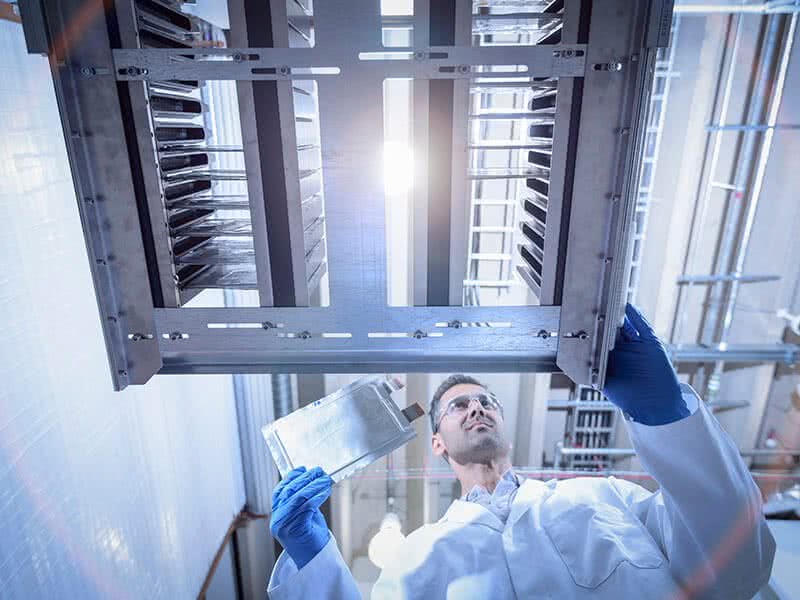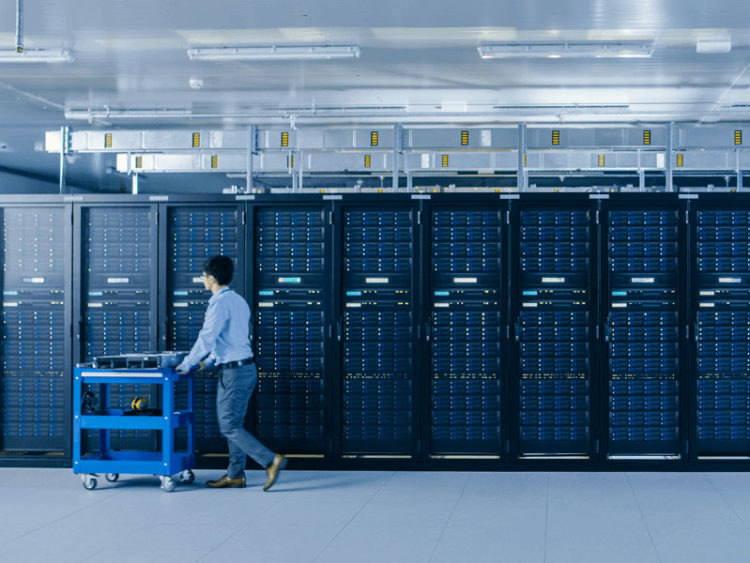The Asia Pacific region, while being the most rapidly developing part of the world, also stands to suffer the impact of climate change the most. Emitting more than half of the world's greenhouse gases, the region is home to billions living in low-lying cities and small island states. In Southeast Asia, greenhouse gas emissions (GHG) have been increasing in line with digitisation, industrialisation and deforestation, with the ASEAN Centre for Energy predicting a 147% increase in GHG by 2040.
Like all advancements, there are unavoidable ripple effects on the industry and society that ultimately need to be addressed. This awareness has given rise to a new way of thinking - creating a sustainable future in support of the United Nation's 2030 Sustainable Development Goals, where businesses and data centres work together to adopt policies that play their part in sustainability.
Amid this growth, is the Lithium-ion (Li-Ion) battery, an invention that has allowed consumer technology to scale new heights and enabled data centres to innovate with better reliability and consistency.
With Li-Ion batteries now a ubiquitous technology from our everyday gadgets to enterprise technologies and data centres, there are growing movements to find a better and more sustainable and ethical alternative to recycling these batteries.
However, efforts to make this a reality are lagging, requiring governments and the private sector to invest in more sustainable infrastructure. With the future relying heavily on renewable sources of energy, our dependence on Li-Ion batteries for energy storage will only grow and countries must act swiftly to prepare for such a prospect.
A brief history of Li-Ion batteries
The first Li-Ion prototype was developed by three scientists in the 1970s and 1980s, while the first commercial rechargeable Li-Ion battery was adopted in 1991. The battery proved to be a hit, with better energy density and a slower self-discharge compared to nickel alternatives.

Since then, Li-Ion batteries have become increasingly popular due to their reliable performance, lower footprint, low maintenance, and higher cycle life.
While the technology has been around for decades, Li-Ion batteries first appeared in data centres only about five years ago in uninterruptible power supply (UPS) systems.
They were found to be four times longer in endurance than conventional valve-regulated lead-acid (VRLA) batteries used and have better performance and reduced maintenance costs. These benefits convinced many companies to make the switch, solidifying Li-Ion UPS systems as the dominant choice.
Towards Li-Ion recycling
With the proliferation of Li-Ion batteries, there eventually emerged a need for responsible recycling and disposal. The need for recycling first gained traction when the volume of Li-Ion batteries used in the automotive sector became too significant to ignore.
Asia produces more than 90% of the world’s Li-Ion batteries, and China alone owns 44% of the world’s electric vehicles. To keep pace with that consumption, China was an early mover on Li-Ion recycling technology, while some countries such as Japan and Singapore have taken a unique and more aggressive carbon-neutral stance with major investments in infrastructure and technology to support their recycling efforts.
Meanwhile, in the data centre space, the use of Li-Ion battery technology remains relatively new. The first generation of these batteries is still in use and is likely years away from retirement. Regardless, it’s important to discuss, as early as now, the recycling infrastructure needed to recycle Li-Ion batteries instead of planning when it’s already too late.
The recycling process of Li-Ion batteries
Generally, when a Li-Ion battery reaches its end of life, the battery is first discharged in a recycling facility so there is no residual energy left. After which, the battery is broken apart either manually or by placing the battery modules in a mill where they are crushed.
No matter the process, what will be left is a pile of small granules that go through a filtering process and copper and aluminium are recovered.
What’s left after this step is what’s known amongst the recycling industry as the “black mass,” or a black, grainy powder that’s finer than sand, but doesn’t float in the air.
A chemical process of hydrometallurgy is then applied, which can recover up to 98% of the battery’s elements, which can then be used to make new batteries.
In Southeast Asia, Singapore is leading the way with the Singapore Green Plan and has adopted cutting-edge hydro-metallurgical systems to recycle Li-Ion products as part of the scheme.
Reducing total TCO is the tip of the iceberg
While Li-Ion batteries may not be as environmentally harmful as lead batteries, a staggering number of Li-Ion batteries currently end up in landfills. In 2019, of the 180,000 metric tons of Li-Ion batteries available for recycling, more than half ended up in a landfill.
The vast majority of those were used in discarded consumer electronics, which presents a different challenge, but the point remains. Sustainably minded companies will need to work with emerging Li-Ion recycling companies to develop scalable recycling plans.
The biggest and most immediate upside for businesses when they recycle their end-of-life Li-Ion products is the improvement of total cost-of-ownership.
In the data centre, ageing VRLA UPS systems can be traded in for newer Li-Ion models at a fraction of the cost, and at the same time enabling businesses to participate in green initiatives and potentially reduce corporate carbon tax in countries like Singapore.
Apart from carbon, Asia Pacific also generated 50% of global electronic waste in 2019, amounting to more than 24.9 million tonnes (MT), a shocking figure but also a great opportunity for Southeast Asia to step up on its recycling programmes.
A robust national recycling programme can help reduce e-waste in landfills in the local communities, reduce dependence on waste management plants as well as provide new job opportunities for citizens.
We can no longer escape the ubiquity of Li-Ion batteries today. With the advent of electric vehicles, the world is running out of time to make Li-Ion batteries more economically and sustainably viable.
While data centres have started paying attention to, and recognising its value, Li-Ion recycling is still largely disenfranchised and parochial which are resources and manpower intensive. However, China and North America have already made in-roads in modernising the recycling process, and it's a matter of time before the rest of the world follows suit.
Recycling and reusing is a smarter and cost-effective way to make a difference, and data centres can heed the call to step up.





